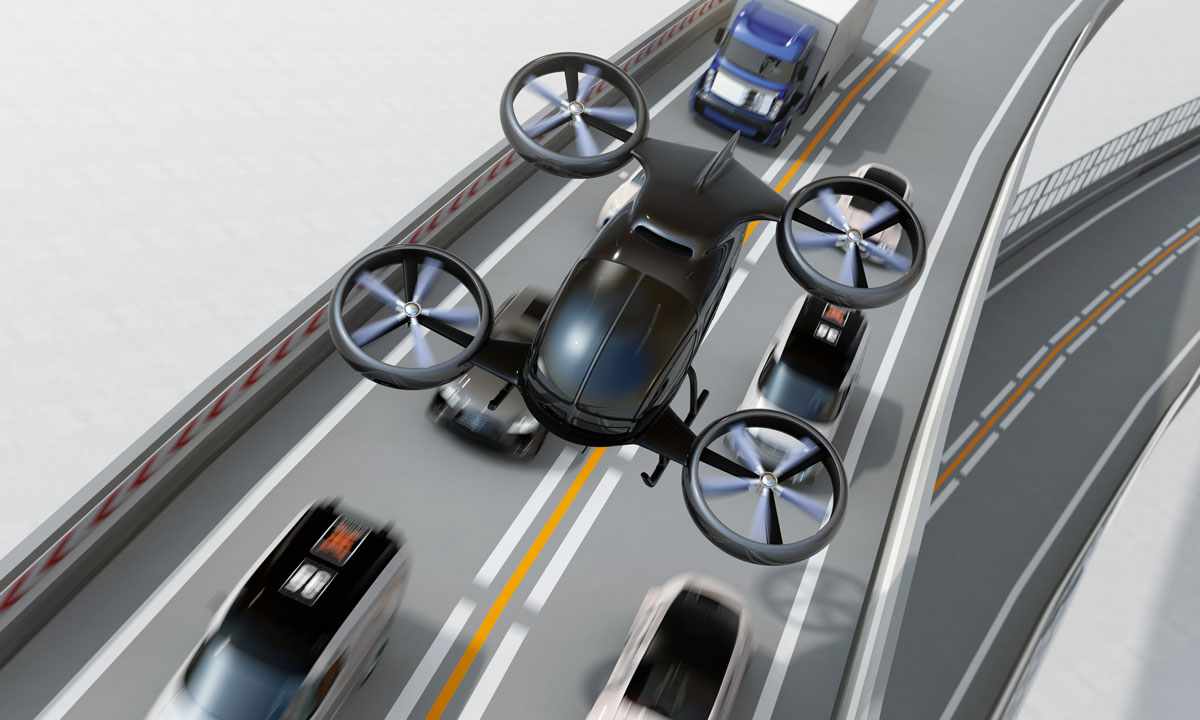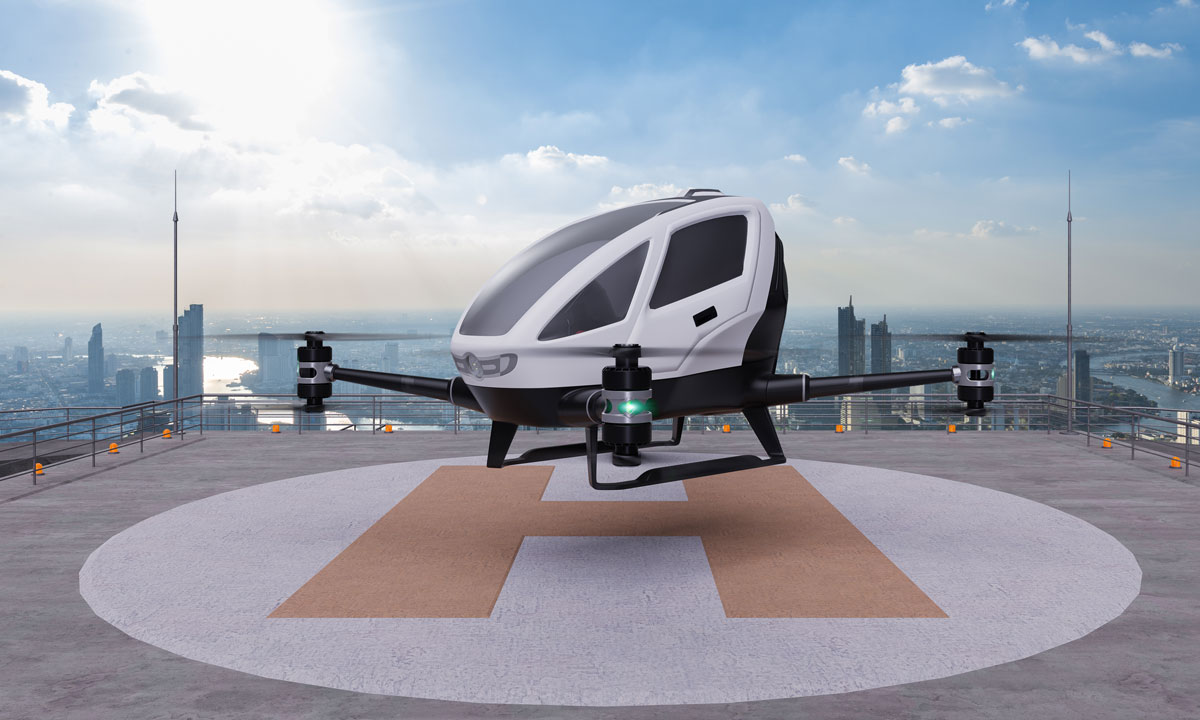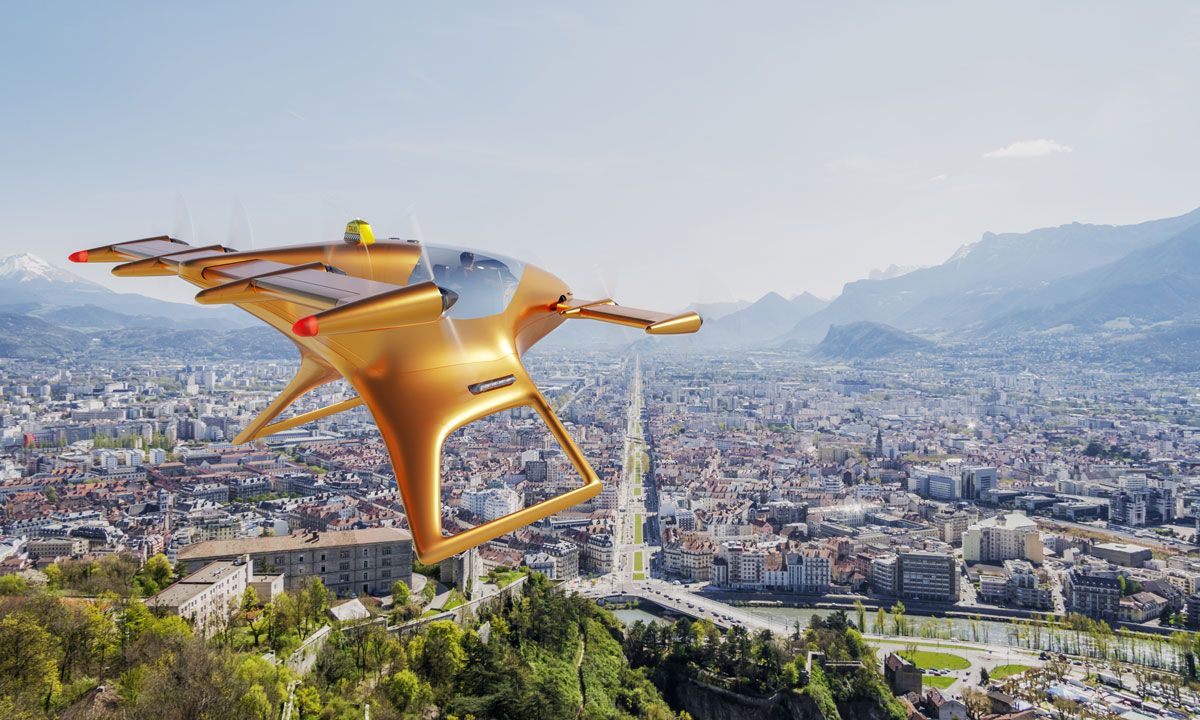The Future of General Aviation (E-Engines, Vertical Takeoff & beyond!)
General Aviation had to grapple with multiple challenges during the Covid-19 pandemic. But the good news is that the industry remained resilient and approached the future with a high degree of optimism. This year’s AERO trade show will showcase the industry’s plans on various fronts. A key focus of General Aviation is to use technology to offer high-quality and sustainable solutions.
The AERO trade show will feature various aviation technologies, such as air taxis, drones, helicopters, e-engines, vertical takeoff, etc. Major aircraft manufacturers, including Textron Aviation, Rolls-Royce, Cirrus Aircraft, and Diamond Aircraft, have confirmed their attendance. Here, we focus on the future of General Aviation with specific attention to e-engines and electric Vertical Take-Off and Landing (eVTOL).
1. Electric Vertical Take-Off and Landing (eVTOL)
A growing number of aircraft manufacturers and engineering companies worldwide are exploring ways to build electric Vertical Take-Off and Landing (eVTOL) aircraft. These eVTOLs will be propelled by battery packs and connected to a landing strip via a rope.
The key attraction of these VTOLs is that they can take off and land vertically. Unlike fixed-wing aircraft, the eVTOLs will not need a runway to perform takeoffs. Additionally, their vertical takeoff capability enables them to operate from virtually any location without barriers. They are quieter than their conventional counterparts because they have fewer moving parts.
So, what is eVTOL?
It is a technology that enables vertical takeoff and landing in airplanes and helicopters. This tech offers an advantage over traditional helicopters in lower noise, higher capacity, safety, and affordability. All this is due to its electric propulsion system.
Elements of eVTOL technology
The eVTOL technology can be used by GA aircraft. Here are 6 Elements of eVTOL Aircraft.The eVTOL aircraft will be propelled by electric propulsion technology, and this is where it gets its name; the critical elements of such aircraft are:
- Electric propulsion system
This system uses electric power to move an aircraft’s propeller or rotor blades. The electricity needed could come from a battery pack, solar cells, advanced fuel cells, or a new generation of gas turbine engines. - Vertical takeoff and landing (VTOL) capability
This capability means that such aircraft do not need a runway to take off and the ability to land on any flat surface – such as rooftops, sidewalks, fields, etc. - No moving parts
The eVTOL will be powered by electric propulsion, with fewer moving parts. So, they are less likely to suffer from mechanical failures than traditional fixed-wing aircraft. - Silent operation
Another essential benefit of the eVTOL aircraft; is its lack of moving parts makes it nearly silent in operation (unlike traditional fixed-wing planes). - Energy storage system
This storage system can be a battery pack, advanced supercapacitor, or fuel cell. However, the aircraft will have to have an energy storage system to maintain power for its electric propulsion during cruising and other phases of flight. - Airframe
The eVTOL aircraft will not need a pressurized cabin because it won’t reach too much altitude to be affected by atmospheric changes. It will have a composite or composite-metal structure to reduce weight and improve performance.
Besides the traditional fixed-wing aircraft, there are several other types of eVTOL aircraft currently under research and development, including eVTOL Autonomous Aerial Vehicles (eVTOL AAVs), Hybrid Electric Aircraft (HEA), and fuel-cell electric aircraft.
2. Air Taxis
One of the most promising eVTOL aircraft is the air taxi, which is affordable and accessible to consumers. The aircraft can travel at speeds of up to or exceeding 200 mph (320 km/h). According to some estimates, the market for these aerial taxis could exceed $1 trillion by 2040.
So, what are Air Taxis?
An air taxi also called a “flying car,” is an electric VTOL aircraft that provides short-distance personal aerial transport. In simple terms, it is a flying car designed to take off and land vertically. The vehicle will have low noise levels and reduced greenhouse gas emissions, and minimal operating costs due to its whole electric propulsion system.
How Do Air Taxis Work?
The air taxi is a VTOL aircraft that can be piloted remotely or via a self-driving system. It can take off and land vertically using electric propulsion at the touch of a button. Moreover, it is an environmentally friendly aircraft with zero emissions that provides quiet transportation for individuals or groups over short distances.
Features of Air Taxis
Currently, there are several types of air taxis under research and development, including VTOL aircraft, hybrid-electric aircraft, and fuel-cell electric aircraft. However, which type of aerial transport will be most popular among consumers remains visible. There are also flying cars and autonomous aerial vehicles (AAVs) or drones carrying human passengers other than air taxis. The choice among consumers depends on factors such as cost, comfort, and convenience.
- Safety: The VTOL aircraft must be safe to transport passengers throughout its range without inflicting any damage resulting in injury or death. Also, it must not compromise the safety of people in airborne vehicles or on the ground, such as in populated cities and airports.
- Performance: The VTOL aircraft must meet performance requirements such as speed, capacity, and range to cater to passengers’ needs. It must also recharge its batteries quickly to resume flying within a short period after landing.
- Charging: The eVTOL aircraft’s batteries must be easily changeable. This functionality may include a wireless charging system or magnetic-inductive charging that speeds up the process through a short distance between two coils.
- Infrastructure: Air taxi infrastructure will need to cover takeoff and landing sites and rechargeable battery swap stations for high-density routes.
- Controls, Operation, and Integration: The air taxi must have a remote and an autonomous flight control system to ensure continuous flight safety. In addition, it must integrate with existing infrastructure such as the power grid, roads, and transportation networks.
The Main Advantages of Small Aircraft Transport (SATS)
Small aircraft transports have many advantages but let’s focus on the main ones. here are six benefits of SATS;
- No need for New Roads or Railways
The main advantages of SATS are that it will reduce the need to construct new roads and railways. Also, it can improve regional connectivity by providing a quick and efficient means of transportation between areas beyond the reach of motor vehicles. In other words, air taxis could eventually become a safe alternative to road and rail transport while having fewer environmental impacts compared to commercial aircraft. - The price of the flight
The low capacity and speed do not allow these aircraft to transport a high number of passengers (therefore, they would be unaffordable), but it is perfect for those who wish to travel at a lower cost. - The environmental impact
Within the Airtaxi category, the small aircraft transport effect on the environment is much lower than that of a large aircraft, making it more sustainable, especially for short distances. - The waiting time at airports
Although most SATS fly between 50 and 300 kilometers per hour, they usually take off and land at small airports, generally without waiting for takeoff or landing.
- The flexibility of the flight
The versatility of SATS makes them very attractive because they can be adapted to serve different purposes. They can be used as private aircraft, air taxis, and ambulance helicopters. Therefore, it is ideal for companies that require different types of transport. - The risk
Small aircraft are much less risky than large planes or helicopters that lose fuel, force majeure, and more security for all passengers.

3. Exploration of the Benefits of e-engines
In eVTOL aircraft, electric engines are installed instead of traditional combustion engines. This is because e-engines are lighter and cheaper to manufacture. Also, the eVTOL aircraft is equipped with backup batteries ensuring that it can fly for a short time without stopping to recharge.
Here are the main benefits of electric engines:
- Noise reduction. Noise is a significant drawback of the SATS, but an e-engine does not produce any noise, allowing them to fly more quietly and with less environmental impact.
- Variety of uses. In addition to being used as SATS, electric engines can also be used for different purposes such as transporting goods through the air (similarly to drones), airships, and lifting devices (for homes or offices).
- Lower energy consumption. As they are electric-powered engines, their energy consumption is much lower than turbine and piston engines. Additionally, they are more efficient over time.
- Longer range of action. Because they are electric engines, the SATS will be able to fly for 8 hours or more, depending on the size and model of the aircraft.
- Lower cost. Since the price is one of the biggest obstacles to commercialization, these electronic engines can reduce operating costs because they do not require many parts and can be mass-produced.
Conclusion on the Future of General Aviation
The eVTOL technology, e-engines, and air taxis are promising technologies that define the future of general aviation. These technologies are at advanced stages of development by the major players in the industry. Their adoption will herald a new era in the General Aviation industry, and our team here at Experimental Aviation will be at the forefront of this technology by supporting our clients with every further advancement.


